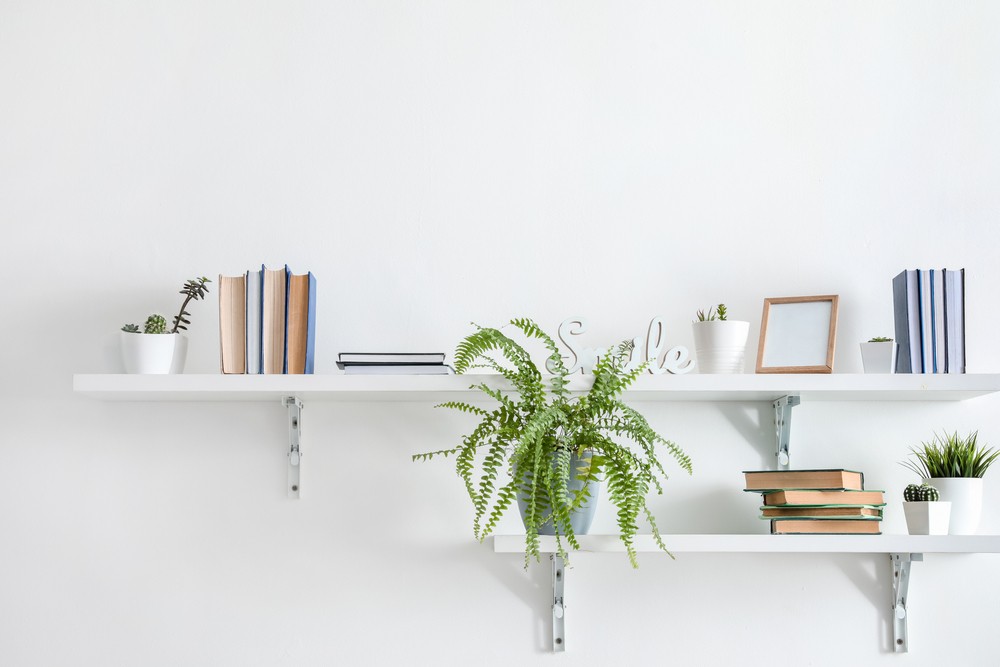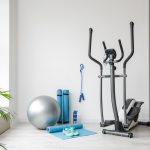Maximizing the space within your home can bring a sense of clarity, tranquility, and freedom, transforming even the smallest living areas into functional and inviting spaces. Many people struggle with feeling cramped due to excess clutter, inefficient layouts, or simply not utilizing their available space to its full potential. However, creating a more open and organized home doesn’t require expensive renovations or drastic downsizing. With the right strategies, you can make your home feel larger, more comfortable, and more efficient without stretching your budget.
By implementing smart storage solutions, decluttering regularly, and using design techniques that enhance the perception of space, you can instantly make any room feel more open and airy. Small but impactful changes—such as optimizing vertical storage, using multi-functional furniture, incorporating mirrors for added depth, and maintaining a minimalist aesthetic—can make a significant difference. Additionally, strategic organization and thoughtful placement of furniture can improve the flow of a room, making it feel more spacious and inviting.
Whether you live in a small apartment or simply want to make better use of your existing space, there are numerous creative and cost-effective ways to enhance functionality and aesthetics. By applying simple yet effective organization techniques, you can transform your home into a more open, organized, and harmonious environment, making daily life more enjoyable and stress-free.
Declutter and Simplify
One of the most effective ways to make a home feel bigger immediately is by decluttering. Many people accumulate items over time that they don’t use or need. Start by evaluating what you truly need and what you can live without.
- Adopt the ‘One-In, One-Out’ Rule: Every time you bring a new item home, get rid of one. This habit ensures that your space remains consistently balanced, preventing overcrowding.
- Tackle One Room at a Time: Decluttering can be overwhelming, so start small. Choose one room or even one drawer and systematically work through your home.
- Utilize Donation Boxes: Keep a box for items you no longer need. Once it’s full, donate to a local charity.
Wall-Mounted Solutions
Leveraging vertical space can drastically open up the floor space available to you. Walls are often overlooked but are ripe for functional additions.
- Floating Shelves: These offer a place to display books, plants, or decorative items without taking up floor space.
- Wall-Mounted Desks: Ideal for small spaces, these desks can fold away when not in use, making them versatile and space-efficient.
- Hooks, Pegboards, and Rails: Use these for hanging anything from kitchen utensils to keys, making frequently-used items easily accessible.
Furniture Choices and Arrangements
Furniture plays a crucial role in defining the space within your home. Thoughtful selections and arrangements can dramatically influence how spacious a room feels.
- Multi-Functional Furniture: Invest in pieces that serve more than one purpose, like a storage ottoman, a bed with built-in drawers, or a fold-out sofa bed.
- Furniture on Legs: Choose pieces that are raised on legs, as these allow you to see more of the floor, creating the illusion of space.
- Room Layout: Avoid pushing all furniture against the walls. Instead, try floating the furniture or creating distinct zones within a room to enhance flow and functionality.
Mirrors and Lighting
Mirrors and lighting are powerful tools that can transform how a room feels. They play with perspective and add depth and brightness to your environment.
- Strategically Placed Mirrors: Place mirrors opposite windows to reflect light, making rooms feel larger and more open.
- Layered Lighting: Use a mix of overhead, task, and accent lighting to add depth. Dimmer switches can provide flexibility depending on the time of day or mood.
- Light Colors: Opt for lighter shades on walls and ceilings, which naturally reflect light and can make a room feel airy and expansive.
Optimization of Storage Space
Clever storage is essential for maintaining a tidy and organized home. When everything has its place, spaces can remain uncluttered and feel more generous.
- Underbed Storage: Utilize the space beneath your bed with storage containers or vacuum-sealed bags for out-of-season clothes.
- Cabinet Organizers: Maximize cabinet space with stackable organizers, risers, or expandable shelves.
- Use Door Backs: Hanging organizers can be perfect for storing shoes, cleaning supplies, or even pantry items.
Consistent Tidying Routines
Regular maintenance of a neat and orderly space ensures that your home remains a haven rather than a cluttered cave.
- Daily Quick Tidy: Spend just 10-15 minutes a day tidying up key areas, such as countertops and living room surfaces.
- Weekly Deep Clean: Dedicate a few hours each week to tackling tasks like vacuuming, dusting, and bathroom cleaning.
- Monthly Assessments: Each month, do a quick inventory of items, especially those in high-turnover areas like the kitchen or bathroom, to keep thing streamlined.
Personalized Spaces
Personalizing your space while keeping it functional is an art, and it’s crucial for both comfort and usability.
- Customized Closets: If possible, adjust shelves and rods to fit the specific needs of your wardrobe. Adding different levels of storage can keep everything neat and accessible.
- Rotating Displays: Showcase a few cherished items at a time and rotate them seasonally. It prevents crowding and allows you to appreciate each item more.
- Sentimental Corners: Allocate a small area for personal mementos. Keeping such pieces together prevents them from invading your general living space.
Practical Color Palette
A strategic approach to color can make a world of difference in how big or small a space feels.
- Monochromatic Schemes: Utilizing different shades of a single color can create a seamless, expansive look.
- Accent Walls: Use an accent wall to draw attention while maintaining an airy feel with the remaining walls being light-colored.
- Uniform Flooring: Using the same flooring throughout a home creates the perception of one continuous space, making it seem larger.
Greenery and Decor
Plants and decor can add life and vibrancy to your home. Opt for decorations that enhance a room’s spaciousness rather than diminish it.
- Vertical Gardens: If you love plants but are short on ground space, use vertical planters or wall-mounted pots.
- Scale and Proportion: Choose decorations proportional to the room. Overly large or numerous items can make a space feel cramped.
- Purposeful Decor: Limit decor to pieces you truly love and that serve a purpose, such as bringing color, texture, or function to a space.
The key to transforming any space lies in finding a balance between functionality and personal expression. These tricks and strategies can help you create a more organized and spacious home without the need for complex renovations or costly new furniture. Adjust them to fit your style and lifestyle, and enjoy the refreshed openness and peace of your enhanced living environment.



